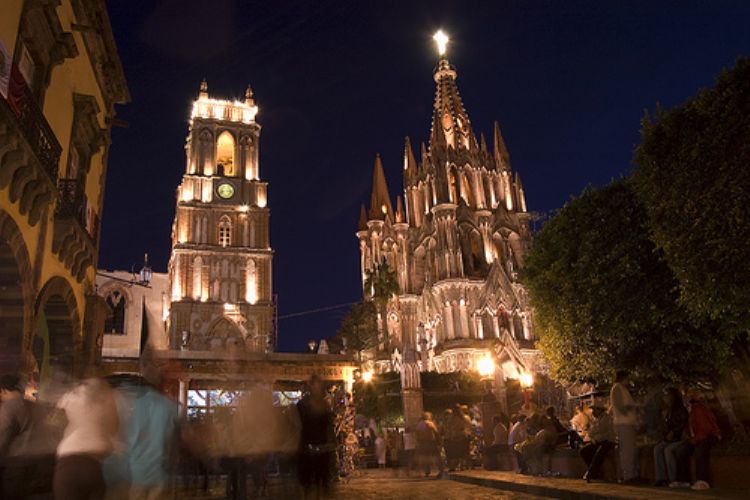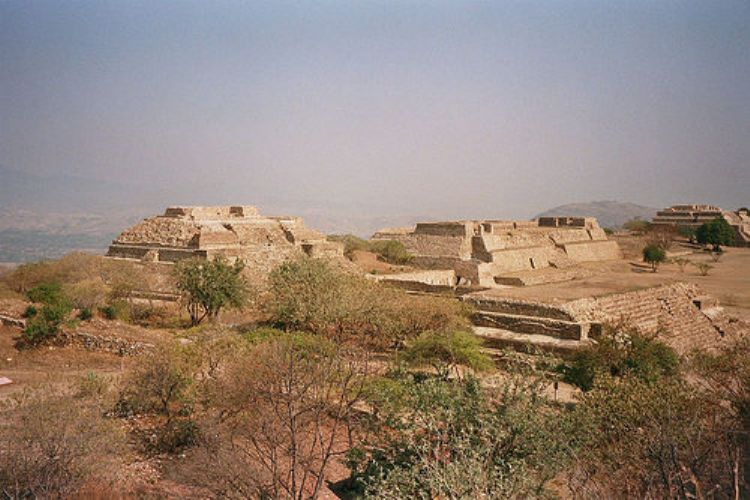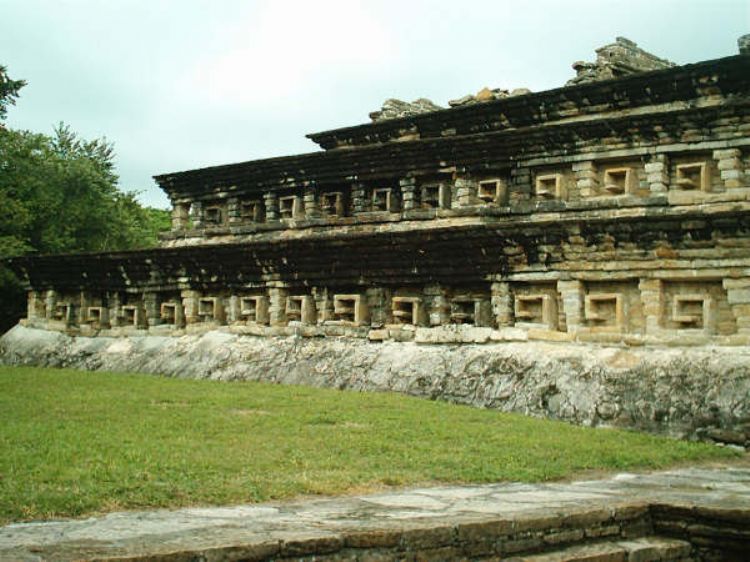
The Magical Towns of Mexico are cities that have witnesse...

Located in the Mexican southeast, the state if Oaxaca is the fifth largest in the nation regarding territory, covering an area of 95,364 sq. kilometers, and borders the Pacific Ocean to the south, and the states of Puebla and Veracruz to the north, Chiapas to the East, and Guerrero to the west.
As much as 90% of the state is dominated by endless mountain ranges belonging to five different systems : the neo-volcanic axis, the southern Sierra Madre, the coastal plains of the Gulf of Mexico, the Chiapas Sierras and the Central American chain, all of which produce a rugged and generous terrain crossed by many rivers such as the Atoyac, Papaloapan, Tehuantepec, Coatzacoalcos, Astata, Copalita, Inferior and Superior rivers.
The main peaks showing up in the state, all above the 3,000 meters of altitude, include the Cerro Quiexoba mountain at 3,750 meters; Cerro Yucuyacua at 3,380; Cerro Piedra de Olla at 3,350; Volcan Cerro Prieto at 3,250; Volcan Humo Grande at 3,250; and the Cerro Zempoaltepetl mountain at 3,100 meters above sea level.
As a result of the great variety of physical features and thermal zones found across the state, Oaxaca reports numerous and diverse climatic conditions, the most important of which are : the hot sub-humid climate with summer rains along the Pacific coasts; semi-hot sub-humid with wet summers along the eastern low lands; and semi-cold sub-humid with summer rains as well in the highest parts of the state. A band crosses the state from the north towards the east, presenting a hot sub-humid climate with plenty of rain, while the low hill-sides of the Prieto and Humo Grande volcanoes report hot and humid conditions, with rains yearlong. On the other hand, the northern part of the state happens to be one of the regions with the highest rainfall rates nationwide. All this diversity result in an average temperature in Oaxaca which oscillates between 16 and 28 degrees centigrade, according to season.
The numerous eco-systems found throughout the state from the mangrove swamps along the Pacific coast, to the pine and oak forests up on the high ranges, to the wide valleys covered by varied species, all configure a region blessed with diverse natural resources. Accordingly and consequently, the local government has taken measures in order to protect large zones of immense biological value, such as the Biosphere Reserve of Tehuacan-Cuicatlan, the Benito Juarez National Parks, the Chacahua and Huatulco lagoons, as well as the Sanctuaries of Playa Escobilla and Bahia Chacahua.

The Magical Towns of Mexico are cities that have witnesse...

Mexican cuisine, worldwide famous and recently declared I...

The Voterâs Mexican Credential or Federal Elect...

The long presidential period of Read more

The Southeast region of Mexico includes eight States: Gue...

The history of Mexicoâs political parties can be divide...

DZIBILNOCAC; Dzibilnocac allows visitors to observe the i...

This maritime route takes us through the coasts, bays and...
